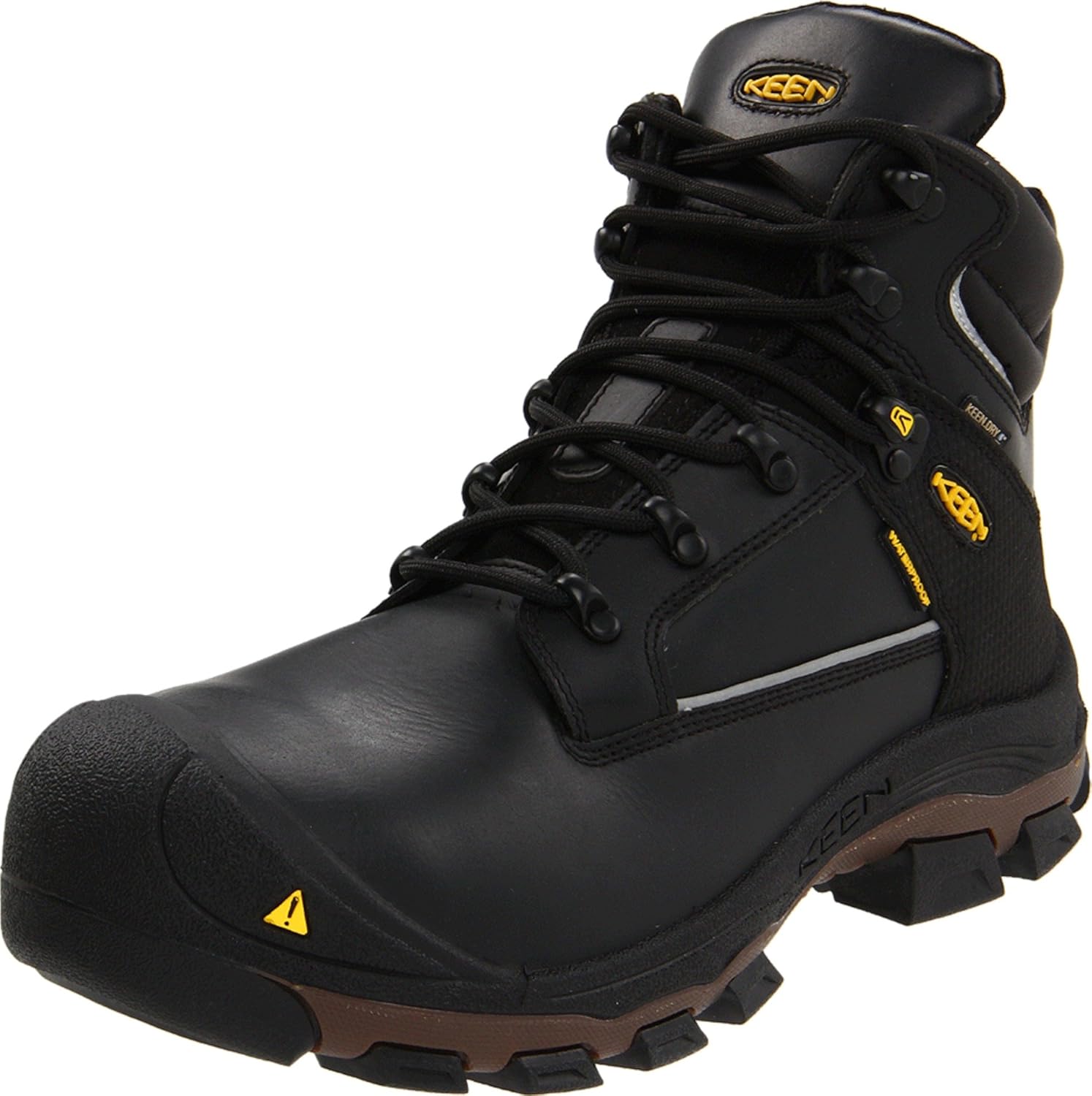I swore by a pair of Columbia Techsun sandals. My feet would stay dry, blister free and I never encountered terrain in the Cascades that called for anything heavier than a water sandal.
When the Siskiyous entered my map collection, the sandals no longer cut it. I first adopted a pair of Merrell Moabs, a semi-sturdy and medium-cut hiking shoe. They were super comfortable, and my feet stayed ventilated and dry. I loved them. I just loved them.
But after just 20 days of heavy trail work in the Kalmiopsis Wilderness Area, the Moabs fell apart, so I bought another pair. Another twenty days in the field, and again the Moab's sole had worn completely through at the ball of my foot, rendering them unusable.
"Well I'm 220 lbs and I work in very rugged terrain," I told Merrell's customer service representative, who was very helpful.
She directed me toward a pair of Merrell Sawtooths. "These have a much tougher sole," she said, "and they'll have more a of a bite, too."
A bite was what I was looking for. I didn't need a boot for dainty hikes in the Cascades anymore. I needed a boot for hard work in the Siskiyous, and I was pleased when Merrell sent me a pair of Sawtooths at no cost. I was ready for something serious.
And I fell in love with yet another pair of Merrells. They took a little time to break in, but having such a sturdy sole was worth it. The Sawtooth boot breathed enough that my feet didn't overheat, and it was tough enough to tackle rugged and rocky, steep terrain without wearing down. "Perfect," I thought.
But after about 30 days on the trail, the Merrell honeymoon was over. Last month, my Sawtooths fell apart on the trail.
I was on a six day work spike in the Kalmiopsis Wilderness, so I was about 12-miles away from the nearest trailhead when the heels started blowing out and separating from the boot.
 |
| This is what was left of the Sawtooths |
At first it was a minor inconvenience, but slowly the fault line that developed in the shoe started digging into my ankle, leaving a sore red spot and eventually a blister. Desperate, I cut the Sawtooth's down to avoid further injury.
My roller coaster love affair with Merrell is over, and quite frankly, I'm done with any Chinese made garbage, but I'm still looking for a boot that suits my needs.
Dan Shulter of Dan's Shoe Repair in Ashland, OR, pointed me towards a pair of Vibergs, which sounded great. The Vibergs definitely look like a boot that would last, but at $250-$450, they were simply out of my price range, though I do admit I was tempted to indulge.
The thought of a boot that lasted five years had me wondering if I should open a line of credit. But I decided to stay out of debt, even though the Viberg had me drooling.
 |
| My new boot, the Keen Portland PR 6in |
I instead purchased a pair of Keen Footwear's Portland PR 6in. It's an industrial style leather boot from a company with a good reputation and excellent customer service.
And they're made in my hometown, Portland, OR, USA. They run for $210, and Keen generously offered a 50% discount for SMC field volunteers.
I'm excited to take them into the Soda Mountain Wilderness this weekend and see if they can can pass the test, which I'm confident and optimistic about.
This will be my first crack at a pair of boots made in the USA and I feel good about it.



